
Archives
Contribute
| India British Period (1800AD-1947AD) - Art And Culture |
Rita Pandey
12/01/2022
India British Period (1800AD-1947AD) - Art and Culture Rita Pandey Indian skills in spinning, weaving, ivory, intricate gold, and silver work suffered a setback caused by establishment of mills and factories. A self-contained and independent agricultural community was forced to depend on low level government employment that required the knowledge of English. Indian languages became less important. Forts, administrative buildings, factories, churches, railway stations, post offices, and bungalows were made to facilitate British activities. The architectural style included Gothic elements of pointed arches and stained-glass windows as well as Indo-Islamic features. Fort William in Kolkata, Fort St. George and St. George’s church in Chennai and Chhatrapati Shivaji Maharaj railway station, Gateway of India in Mumbai are some of the architectural examples of this period. Indian artists learned to use watercolor and to paint with oil. Western techniques of transparency of texture, broad strokes as well as treatment of perspective, volume, and recession were simulated. They beautifully blended Rajput and Mughal art with the western taste with the use of soft colors. The British did use the local artists to paint local day-to-day life, traditions, flora, and fauna (Figure-1). Figure 1-water color painting of a black stork in landscape, 1780. During mid-18th century Raja Ravi Verma became well known for his oil paintings. His paintings displayed the fusion of European art with Indian sensibility (Figure-2). Later in 1894 he started the Lithographic printing press. Figure 2- oil painting of Shakuntala, 1898 While artists were mastering painting styles, several other technologies such as photography, voice recorder, cinema, gramophones, were introduced to benefit and entertain British. Introduced in 1840, photography captured the history as well as culture of that period. Shakespeare became an integral part of Indian curriculum. Western classics were translated into several Indian languages and Indian scriptures were translated into western languages as well. Massive amounts of old Indian manuscripts were summarily removed from India to the western archives. Figure 3- traditional dance by T. Balasarswati, 1918 In 1897, a film presentation by Professor Stevenson featured a stage show in Kolkata. A year later Mr. Hiralal Sen made a film of scenes from that show. Next year H. S. Bhatavdekar’s ‘The Wrestlers’ was the first documentary film to be shot by an Indian. In 1913, Dadasaheb Falke released Harishchandra - the first Indian film (Figure 5). Figure 5-first silent Indian film Raja Harishchandra, 1913. Figure 6-natoinalist painting of Bharat Mata by Abanindranath Tagore, 1905 Figure 7 -Keechak Vadha, 1907. References: http://www.vam.ac.uk/content/articles/i/indian-company-paintings/ IDC presentation by Dr Krishnakali Dasgupta, November 2019 https://www.indiadiscoverycenter.org/art-and-culture-british-period/ ___________________________________________________________________ Dr. Rita Pandey is a co-leader in the Arts and Culture track in India Discovery Center's project on "Evolution of Indian Culture: Pre-history to 1947AD" More information and updates on the project are available at https://www.facebook.com/Evolution-of-Indian-Culture-An-IDC-Project-107749391111922 More information on India Discovery Center is available at https://www.indiadiscoverycenter.org (c) Copyright 2022 India Discovery Center, Inc. All rights reserved. 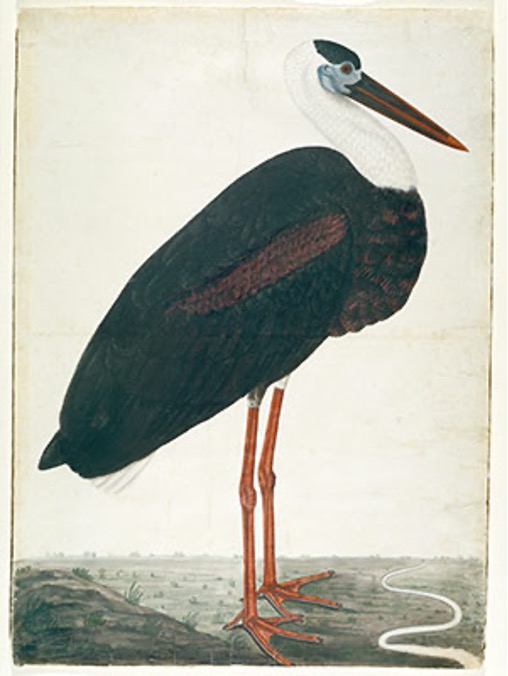
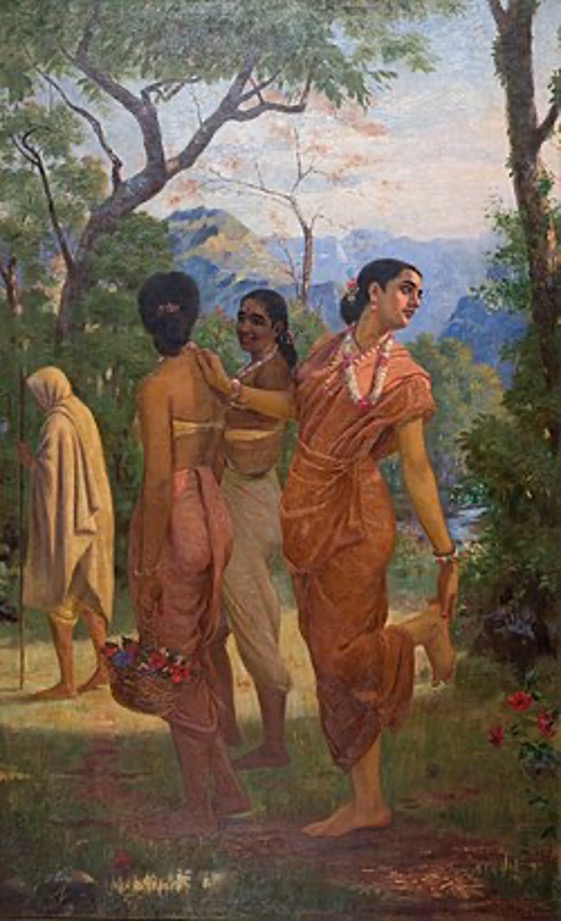
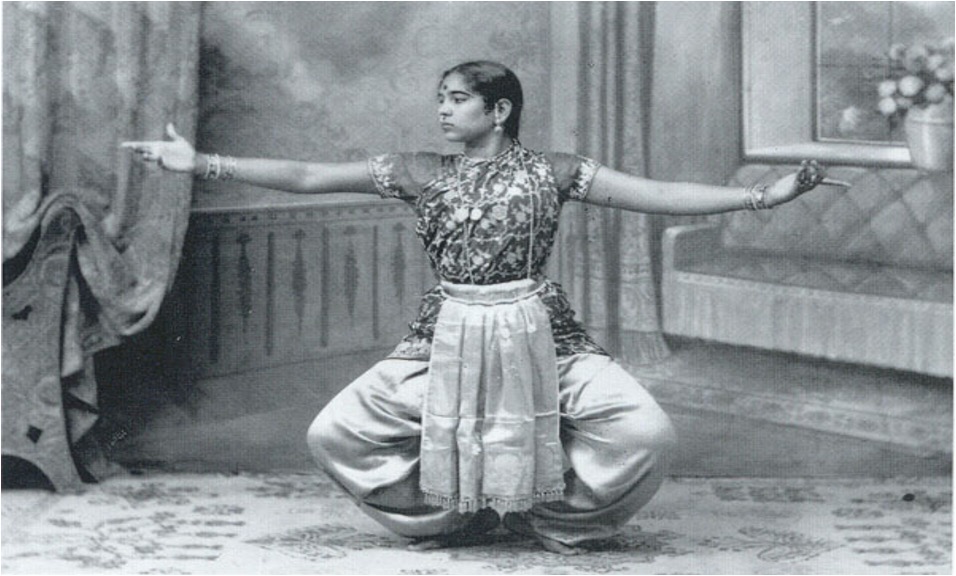
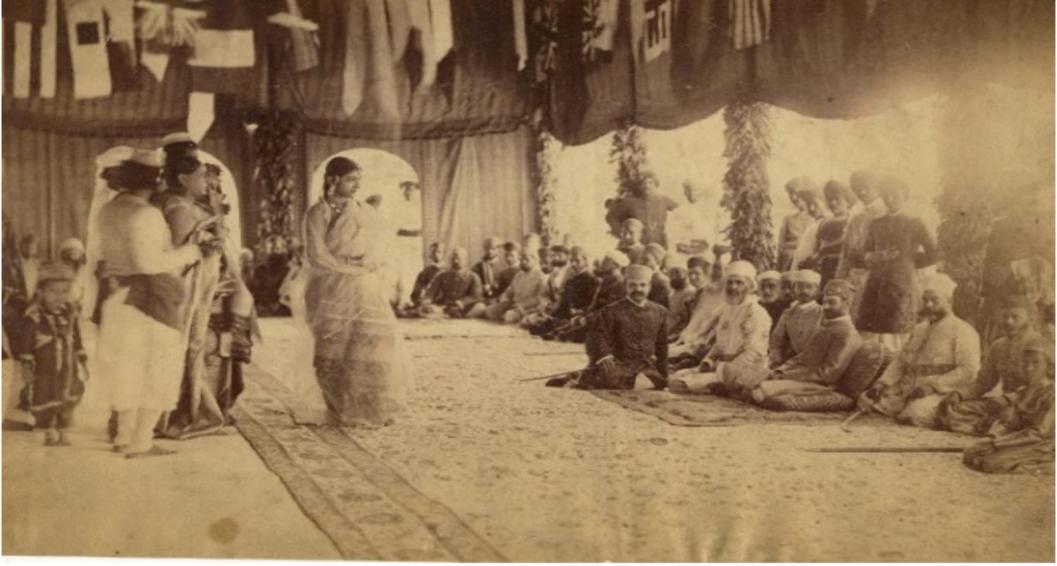
Figure 4- Ghazal and dance performance in the court of 6th Nizam of Hyderabad, Mahboob Ali Khan (1885) 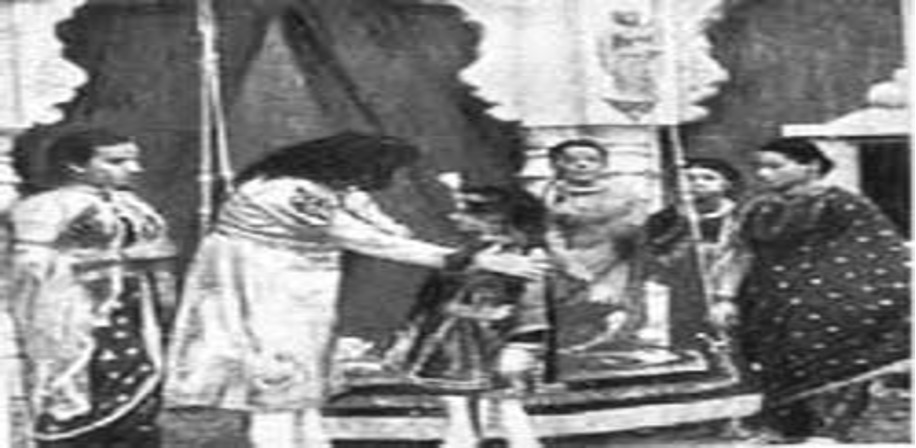
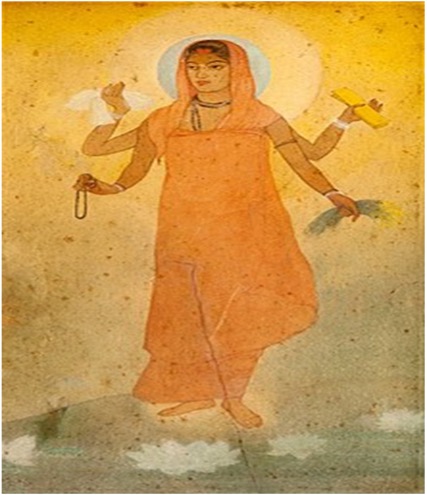
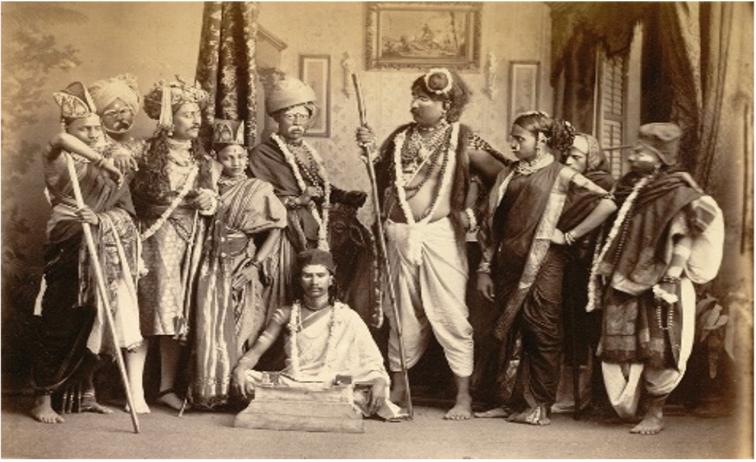
https://www.slideshare.net/AkhilArora1/company-school-painting
https://www.wikiart.org/en/raja-ravi-varma
https://en.wikipedia.org/wiki/Hindi_cinema
https://en.wikipedia.org/wiki/His_Master%27s_Voice
Impact of British on Indian Society and Culture (yourarticlelibrary.com)
https://www.artisera.com/blogs/expressions/how-the-bengal-school-of-art-changed-colonial-indias-art-landscape
You may also access this article through our web-site http://www.lokvani.com/







